Seeds of Hindu Kush — along with seeds of other Asian landrace varieties like Afghani — were brought to the U.S. in the 1960s and 70s by cannabis enthusiasts and explorers who traveled along a route that has come to be known as the “hippie trail.” In time, Hindu Kush has, perhaps inevitably, been crossed with other strains to allow for stability and adaptation to a radically different climate than its mountainous point of origin; as such, “true” Hindu Kush may not be widely available in the Western Hemisphere. Nevertheless, Hindu Kush is a relatively pure strain, simpler and often more potent that the novelty crossbreeds that continue to multiply in today’s competitive cannabis market. It is prized for its heavily sedative, almost narcotic properties and its highly resinous flowers. The THC composition of Hindu Kush is typically measured at between 15% and 20%.
Hindu Kush is marked by large, clustered green buds that adhere due to their incredibly sticky consistency. Some phenotypes have shades of purple in the leaves, the result of high concentrations of plant pigments called anthocyanins being activated by cold weather during the vegetative stage. The densely-packed flowers are famous for their resin (Hindu Kush may have been one of the first strains used to produce hash) and have a heavy coating of silver-white trichomes. The aroma of this strain is very complex, with a simultaneously sweet and musky scent, redolent of spice, sandalwood, pine, and wet earth. The musky odor intensifies when flowers are combusted and smoked. The resulting smoke is harsh and cough-inducing; when exhaled, smoke tastes vaguely like pine. The overall flavor impression of Hindu Kush is one of incense and herbs.
Hindu Kush boasts a slowly-mounting high that begins as a sense of physical relaxation and then progresses toward a state of mental fogginess. Users will feel a heavy sensation in the limbs and head and may not want to be especially active. The feeling of couchlock is commonly reported: users may have thoughts or intentions of getting up to perform a task, but will just as happily remain motionless. This immobilization can free up the mind for lazy contemplation and meandering creative thinking. Some psychedelic effects like visual distortions and strange tactile sensations may also be present. Because of its heavy body stone, Hindu Kush is not recommended for active daytime use. Instead, it works well as a numbing agent for chronic pain, an anti-nausea treatment, and as a way to relieve stress and anxiety. Negative effects include dry mouth and eyes, occasionally accompanied by paranoia and dizziness. A few users have also reported experiencing anxiety from larger doses of this strain. Hindu Kush is particularly helpful for users with insomnia, as large enough doses can induce sleep.
Procuring Hindu Kush is a unique encounter for the cannabis novice and connoisseur alike. Shaped over countless generations of natural selection, its aromatic flowers offer a way to experience a piece of botanical and cultural history. The strain’s powerful knockout high may introduce a new kind of respect for nature — or at the very least, an understanding of why this plant has been selectively bred by humans for centuries. A true nighttime smoke, Hindu Kush is well-suited to solo use or to small intimate gatherings.


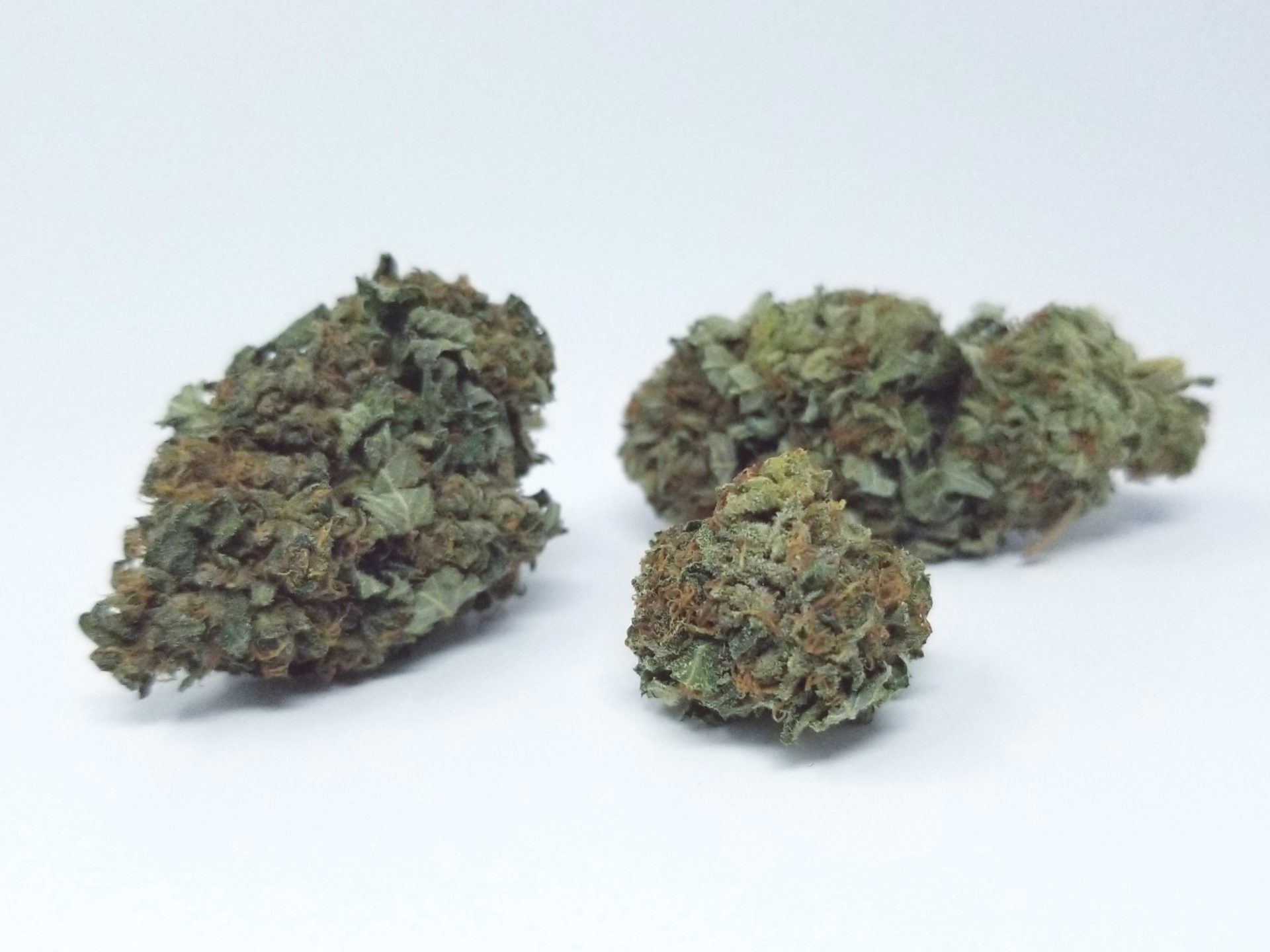
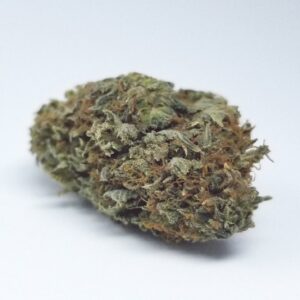

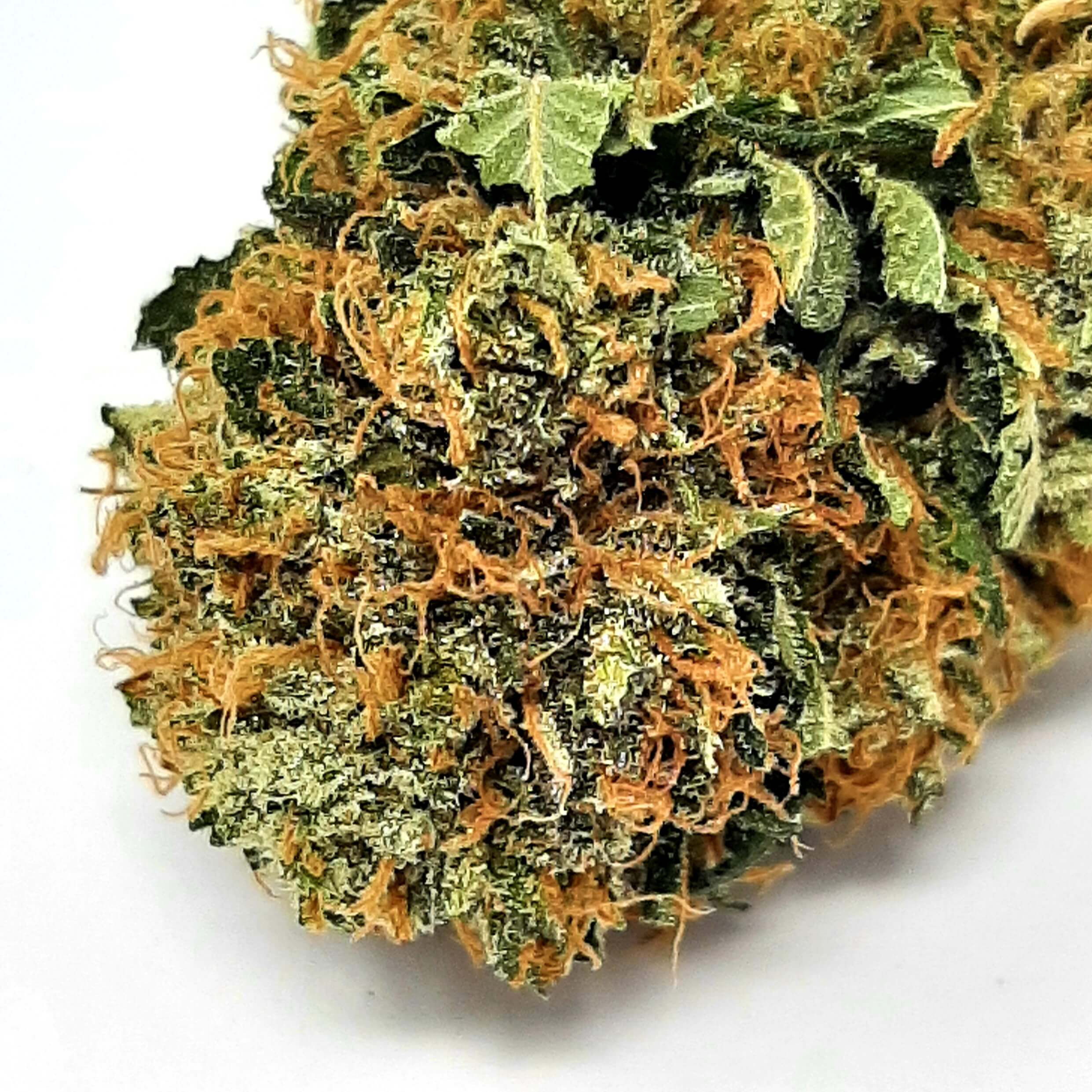
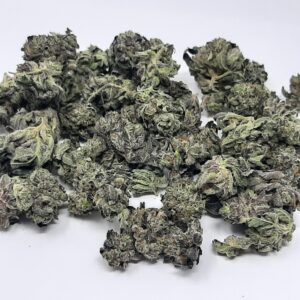
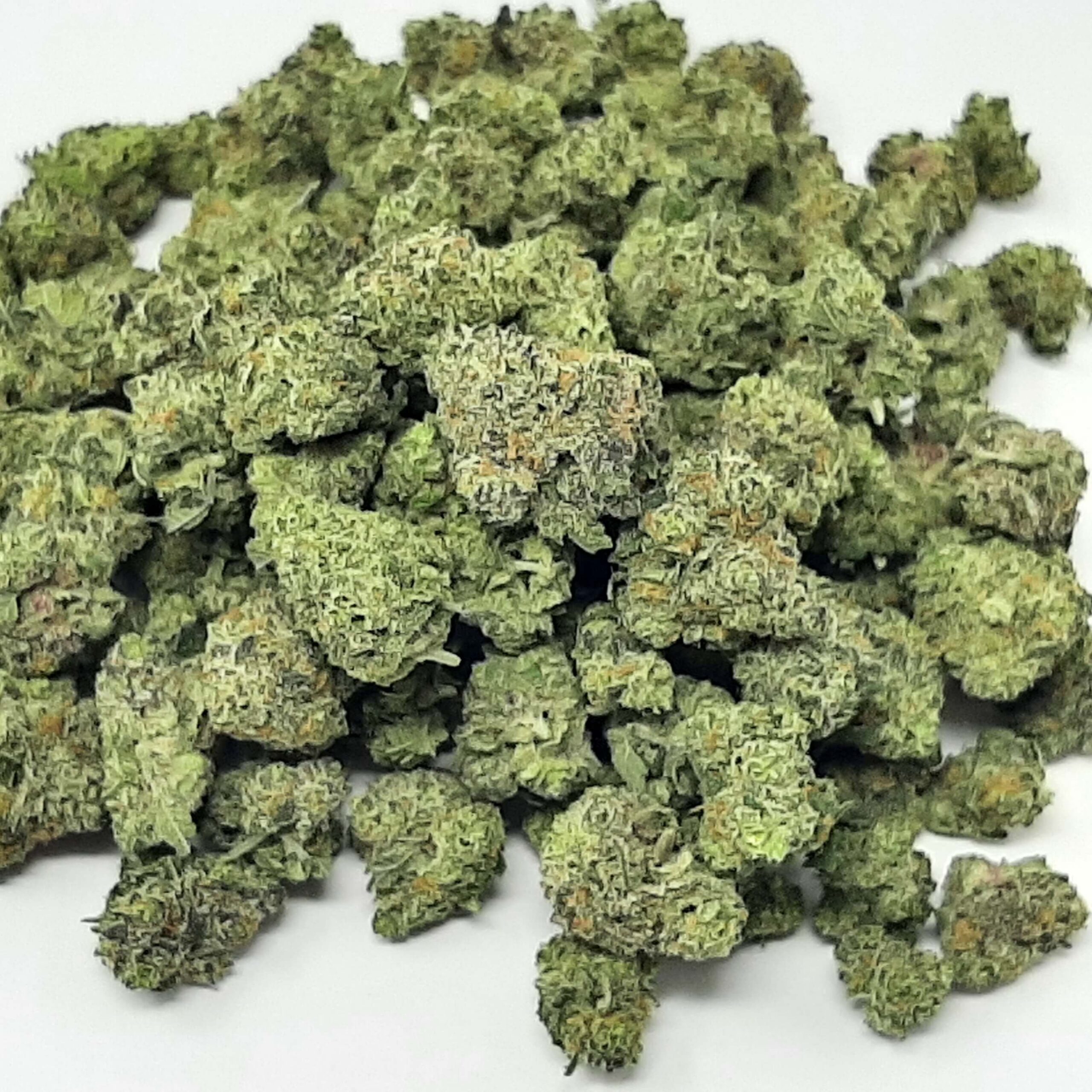
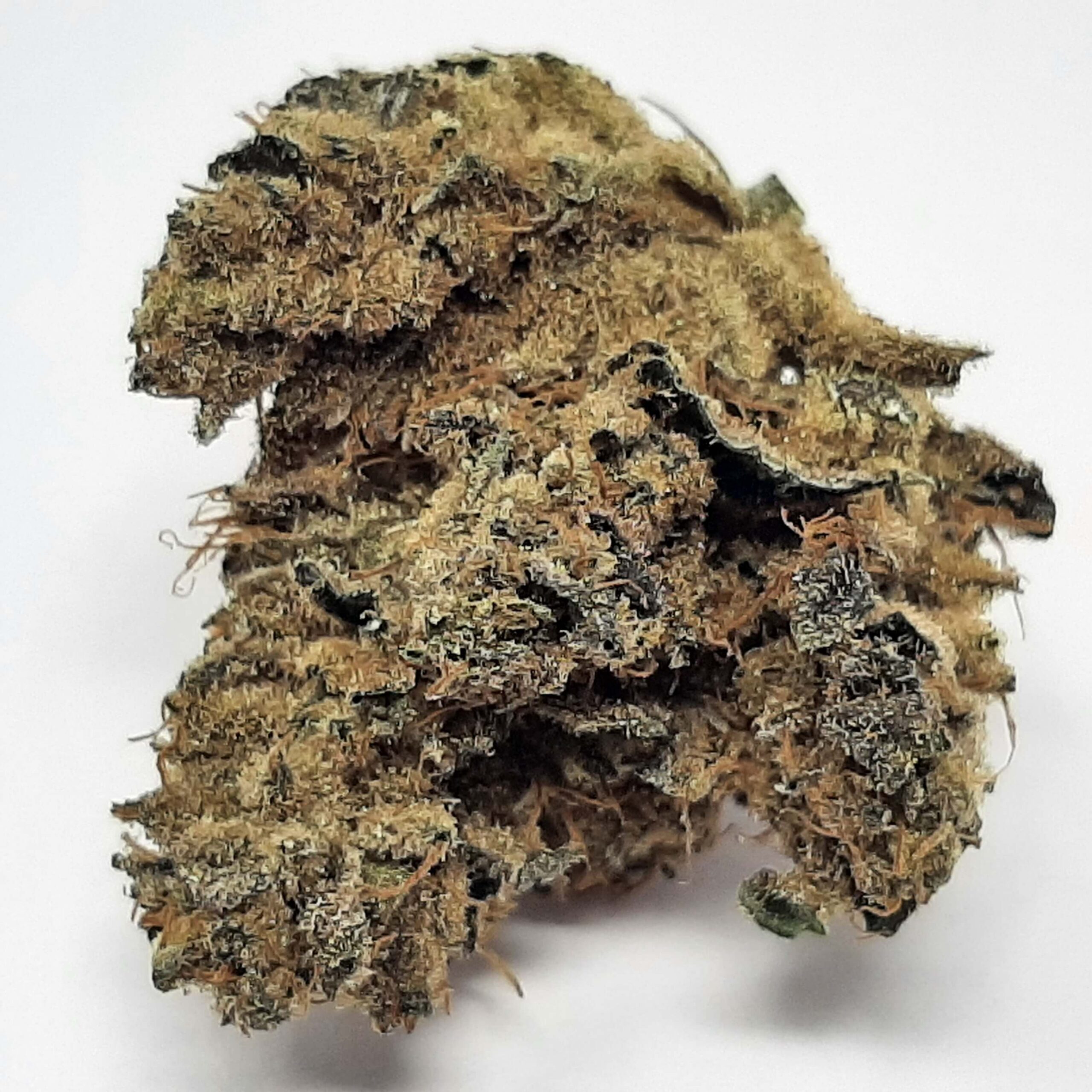
Reviews
There are no reviews yet.